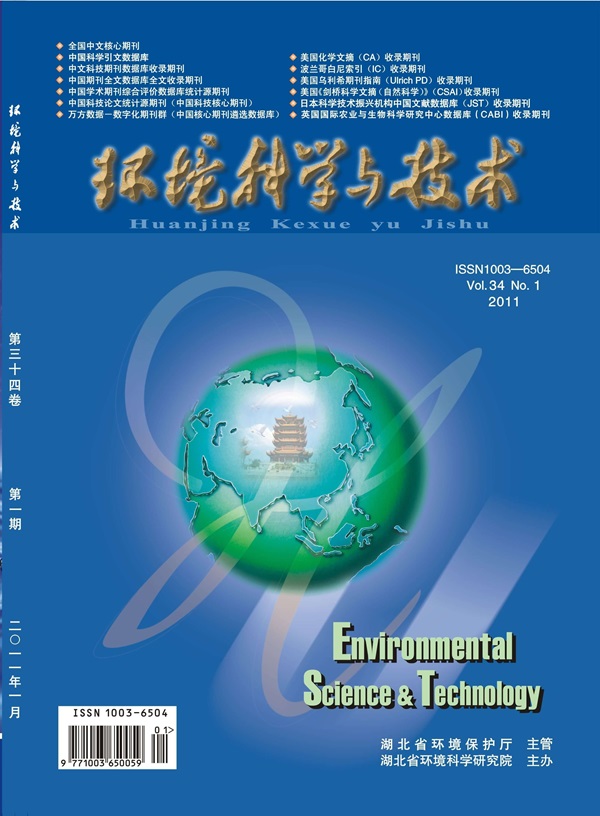The Associations of Air Pollution Mixture Exposure with Plasma Proteins in an Elderly U.S. Panel.
IF 11.3
1区 环境科学与生态学
Q1 ENGINEERING, ENVIRONMENTAL
引用次数: 0
Abstract
The impact of air pollution exposure on circulating proteins remains underexplored, particularly in vulnerable elderly populations. This study investigated the individual and joint effects of air pollutants on circulating proteins in 208 elderly participants from the Cancer Prevention Study-II Nutrition Cohort. Prediagnostic plasma samples were collected (1998-2001), and 484 proteins were measured using the Olink platform. Annual average exposures to six air pollutants in the calendar year of blood draw were estimated. We used linear regression for individual pollutants and quantile g-computation for mixture effects, adjusting for confounders, considering multiple comparison correction, and testing interactions with smoking status. Pathway enrichment and protein-protein interaction analyses were conducted for the associated proteins. We identified 167 distinct proteins associated with individual pollutants or mixtures (p < 0.05), including 15 meeting a false discovery rate <0.2. IL32, ADAM15, and IL8 demonstrated consistent negative associations with ≥4 exposure metrics. Twenty proteins were associated with both mixtures and individual air pollutants with consistent effect directions. These proteins were enriched in pathways linked to immunity and signaling. Stratified analyses revealed differing associations with 99 proteins between current and former smokers. The findings offer valuable insight into the chronic biological response in plasma protein levels to air pollution exposure.美国老年人空气污染混合物暴露与血浆蛋白的关系
空气污染暴露对循环蛋白的影响仍未得到充分研究,特别是在脆弱的老年人群中。本研究调查了来自癌症预防研究- ii营养队列的208名老年人中空气污染物对循环蛋白的个体和联合影响。收集诊断前血浆样本(1998-2001),并使用Olink平台测量484种蛋白质。在抽血的日历年中,估计了六种空气污染物的年平均暴露量。我们对单个污染物使用线性回归,对混合效应使用分位数g计算,对混杂因素进行调整,考虑多重比较校正,并测试与吸烟状况的相互作用。对相关蛋白进行了途径富集和蛋白相互作用分析。我们确定了167种不同的蛋白质与单个污染物或混合物相关(p < 0.05),其中15种符合错误发现率<0.2。IL32、ADAM15和IL8与≥4个暴露指标表现出一致的负相关。20种蛋白质与混合物和单个空气污染物均有关联,且影响方向一致。这些蛋白质在与免疫和信号传导相关的途径中富集。分层分析显示,现在和以前的吸烟者与99种蛋白质的关联不同。这些发现为血浆蛋白水平对空气污染暴露的慢性生物反应提供了有价值的见解。
本文章由计算机程序翻译,如有差异,请以英文原文为准。
求助全文
约1分钟内获得全文
求助全文
来源期刊

环境科学与技术
环境科学-工程:环境
CiteScore
17.50
自引率
9.60%
发文量
12359
审稿时长
2.8 months
期刊介绍:
Environmental Science & Technology (ES&T) is a co-sponsored academic and technical magazine by the Hubei Provincial Environmental Protection Bureau and the Hubei Provincial Academy of Environmental Sciences.
Environmental Science & Technology (ES&T) holds the status of Chinese core journals, scientific papers source journals of China, Chinese Science Citation Database source journals, and Chinese Academic Journal Comprehensive Evaluation Database source journals. This publication focuses on the academic field of environmental protection, featuring articles related to environmental protection and technical advancements.
 求助内容:
求助内容: 应助结果提醒方式:
应助结果提醒方式:


